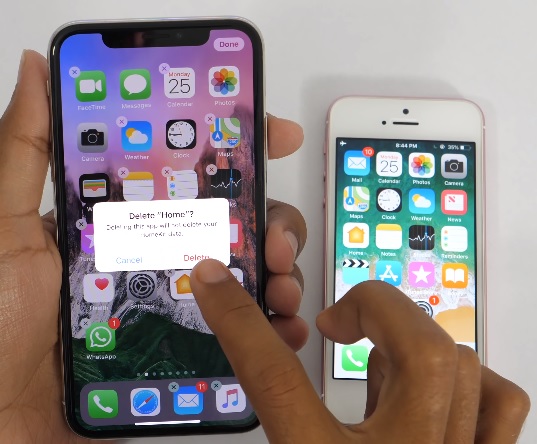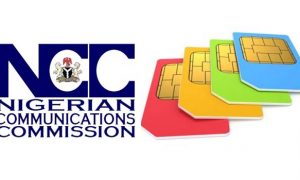Nigeria News
10 ways to reduce your data consumption and save money

With the increasing reliance on mobile data for browsing, streaming, social media, and communication, many people find themselves exceeding their data limits faster than expected.
High data consumption not only leads to additional costs but can also result in slowed internet speeds once limits are reached. Fortunately, there are several practical ways to manage and reduce data usage without sacrificing the quality of your online experience.
By making a few adjustments to your phone settings and usage habits, you can significantly cut down on unnecessary data consumption and maximize your mobile plan. Below are ten effective strategies to help you save data and stay connected efficiently.
Here are 10 detailed ways to reduce your data consumption:
1. Enable Data Saver Mode
Most smartphones have a built-in data saver mode that helps reduce background data usage. When activated, this feature restricts how apps consume data when not in use and optimizes browsing to load lighter versions of web pages.
2. Restrict Background Data Usage
Many apps continue to use data even when you’re not actively using them. You can go to your phone’s settings and disable background data for specific apps, ensuring they only use data when opened. This can significantly cut down unnecessary consumption.
3. Use Wi-Fi Whenever Possible
Instead of relying solely on mobile data, connect to a secure and reliable Wi-Fi network whenever available. Ensure that your phone doesn’t automatically switch back to mobile data when Wi-Fi is weak, as this can lead to unexpected data consumption.
4. Limit Video Streaming Quality
Streaming high-definition (HD) videos consumes a large amount of data. Platforms like YouTube, Netflix, and Facebook allow you to lower the video quality to 480p or lower, which can save a considerable amount of data without drastically affecting viewing experience.
5. Disable Auto-Play for Videos
Social media platforms like Facebook, Instagram, and Twitter often auto-play videos when scrolling. This uses data even if you don’t intend to watch the videos. By turning off auto-play in app settings, you can prevent unwanted data usage.
6. Use Offline Mode for Apps and Media
Instead of repeatedly streaming music, videos, or maps, download them in advance while connected to Wi-Fi. Platforms like YouTube, Netflix, Spotify, and Google Maps offer offline modes that allow you to access content without using mobile data.
7. Compress Web Pages with a Data-Saving Browser
Some browsers, such as Google Chrome (with “Lite Mode”) and Opera Mini, reduce webpage sizes by compressing images and scripts. This speeds up browsing while using significantly less data compared to regular browsers.
8. Disable Automatic App Updates and Syncing
Many apps update automatically whenever a new version is available, consuming a lot of data in the background. Set your apps to update only when connected to Wi-Fi and disable auto-syncing for non-essential apps like email and cloud backups.
9. Monitor and Manage Your Data Usage
Regularly check your data usage in your phone’s settings to identify which apps consume the most data. You can also set data limits or receive alerts when approaching your monthly limit, helping you stay in control of your consumption.
10. Use Messaging Apps Wisely
Sending and receiving high-resolution photos, videos, and voice notes on WhatsApp, Telegram, and Messenger can quickly use up data. Reduce file sizes before sending, turn off automatic media downloads, and consider using Wi-Fi for large file transfers.















